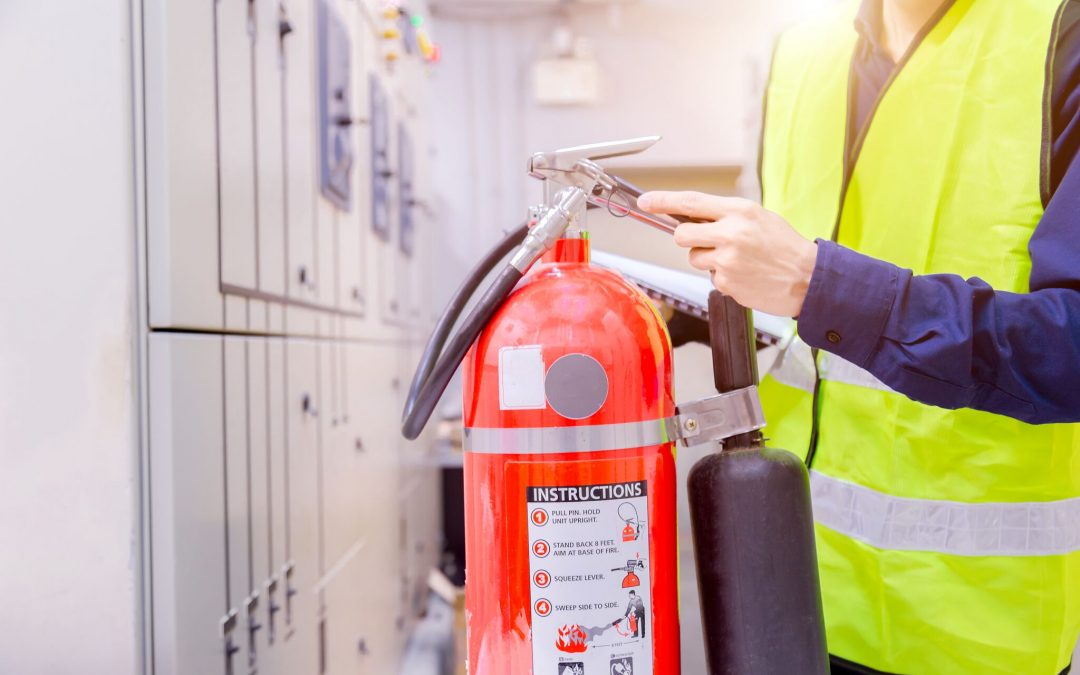Don’t let a fire get in the way of the safety and productivity of your small business.
An emergency response plan is a customised strategy considering all the risks to business in the event of fire. A strong evacuation plan will protect you, your staff and your assets. To help you strengthen yours, here are some key questions to ask yourself:
What does the law say?
In Australia, the legal responsibility falls on you – the PCBU (Persons Conducting Business or Undertakings). You are obligated to keep every person on your premises safe should an emergency occur. Failure to do so can result in fines up to $30,000.
What are your main risks?
Even if certain types of danger are unlikely, it’s important to consider all potential fire risks. To determine these, you should consider the sort of equipment and appliances you have onsite, including kitchens, appliances, heaters, fridges or other equipment that could pose fire risks. You’ll also need to consider whether your premises are exposed to the elements, and whether you’re in in bushfire, flood or storm-prone zone. Ensure these are all covered in your emergency evacuation plan.
What’s your game plan for each scenario?
After determining your risks, you’ll need to find strategies to protect your business and prevent or minimise damage. You’ll then have to determine the kind of fire equipment your business will need, based on the class of fire risks present onsite. In addition, you’ll need to organise fire wardens – the people who will be responsible in the event of a fire. These individuals will perform several important roles, including checking key areas, shutting doors and counting staff. Plus, you’ll also need to organise an evacuation alarm and an alert system that notifies emergency services.
What evacuation diagrams are required?
With your fire strategy arranged, you’ll have to create evacuation diagrams – after all, there’s no point creating a great evacuation plan if you don’t make it extremely accessible in the event of emergency. AS 3745 dictates that your diagrams must display:
- The Floor Plan and Site Plan of the facility, its Assembly Point and its Emergency Procedures
- The nearest exit from the marked “You are here” point
- The location of the nearest fire equipment
Are your staff trained on these processes?
In addition to diagrams, a great evacuation plan is also only effective if your staff are very well trained in implementing it. Ensure your staff are aware of the location of evacuation diagrams, where to find fire equipment, what to do and where to go. It’s also a requirement that you have trained first aiders on your staff, along with suitable first aid facilities. A great way to test how well your staff know your emergency evacuation plan is to undergo regular emergency drills. Not only do these really “drill” in the processes for staff, they also help minimise panic in a true emergency.
Ready to improve the safety of your building? EmergencyEvacuationPlans.com.au is here to help you. Our expert team creates safe and efficient evacuation plans that take the stress out of emergency planning. Contact us for more information today!

